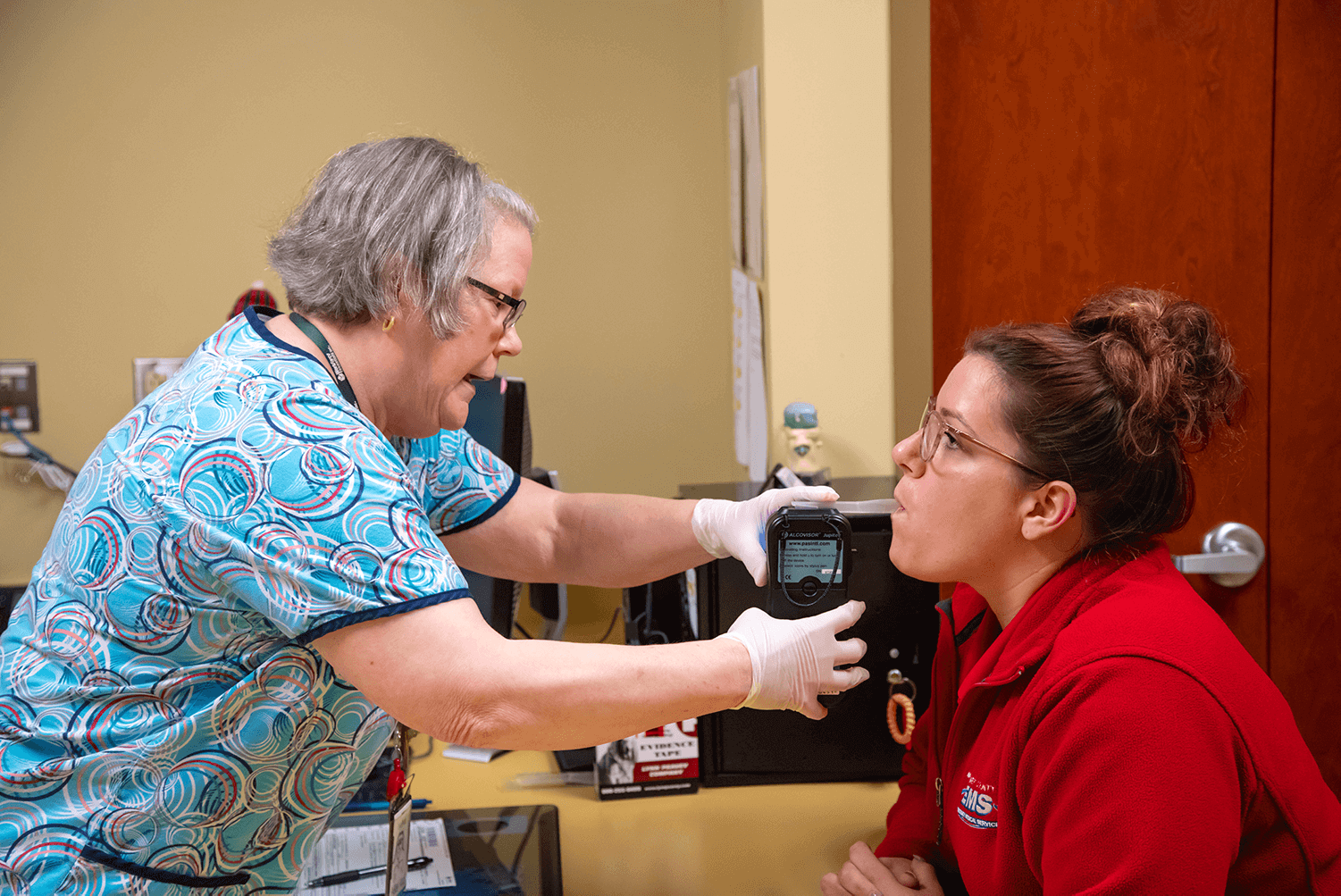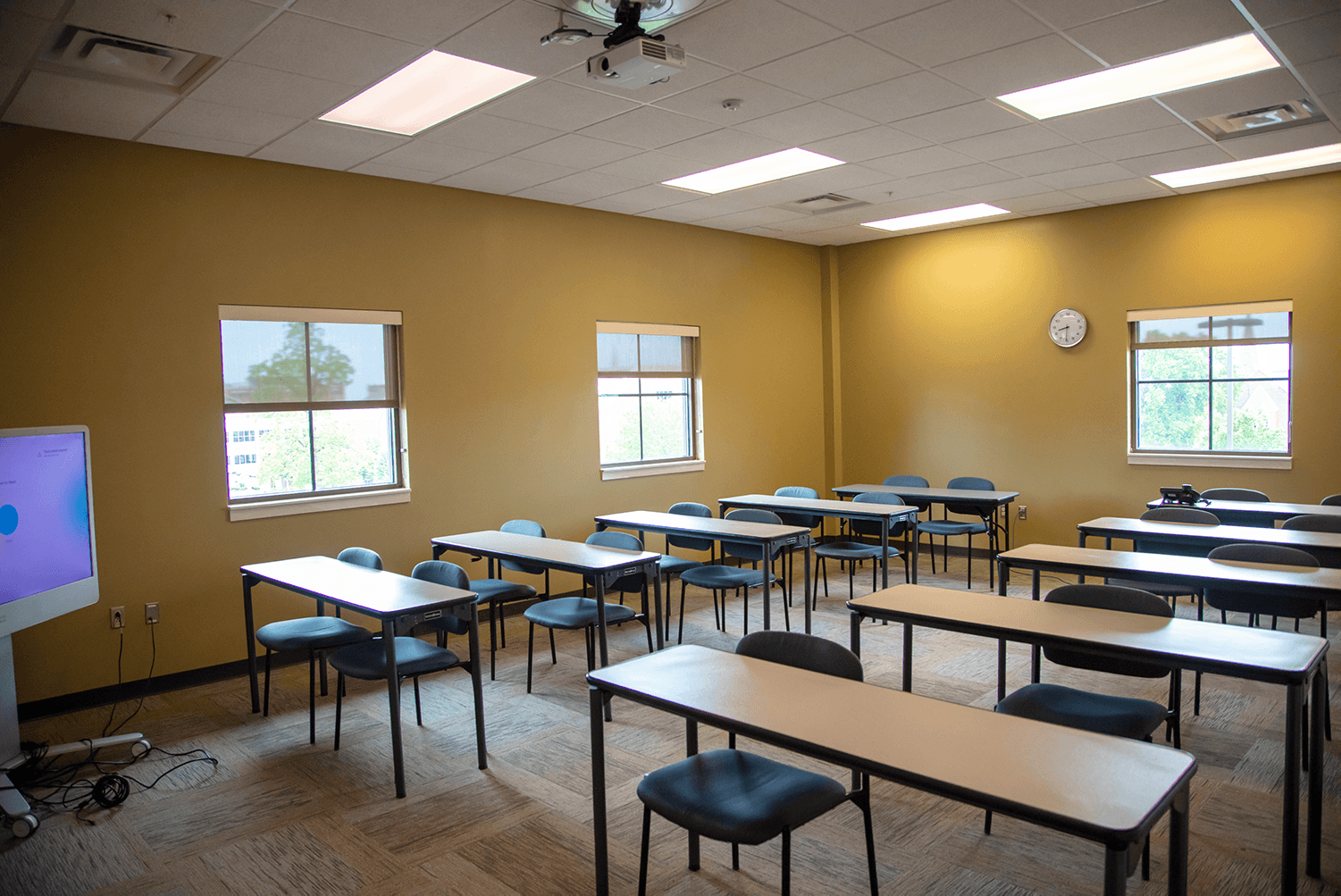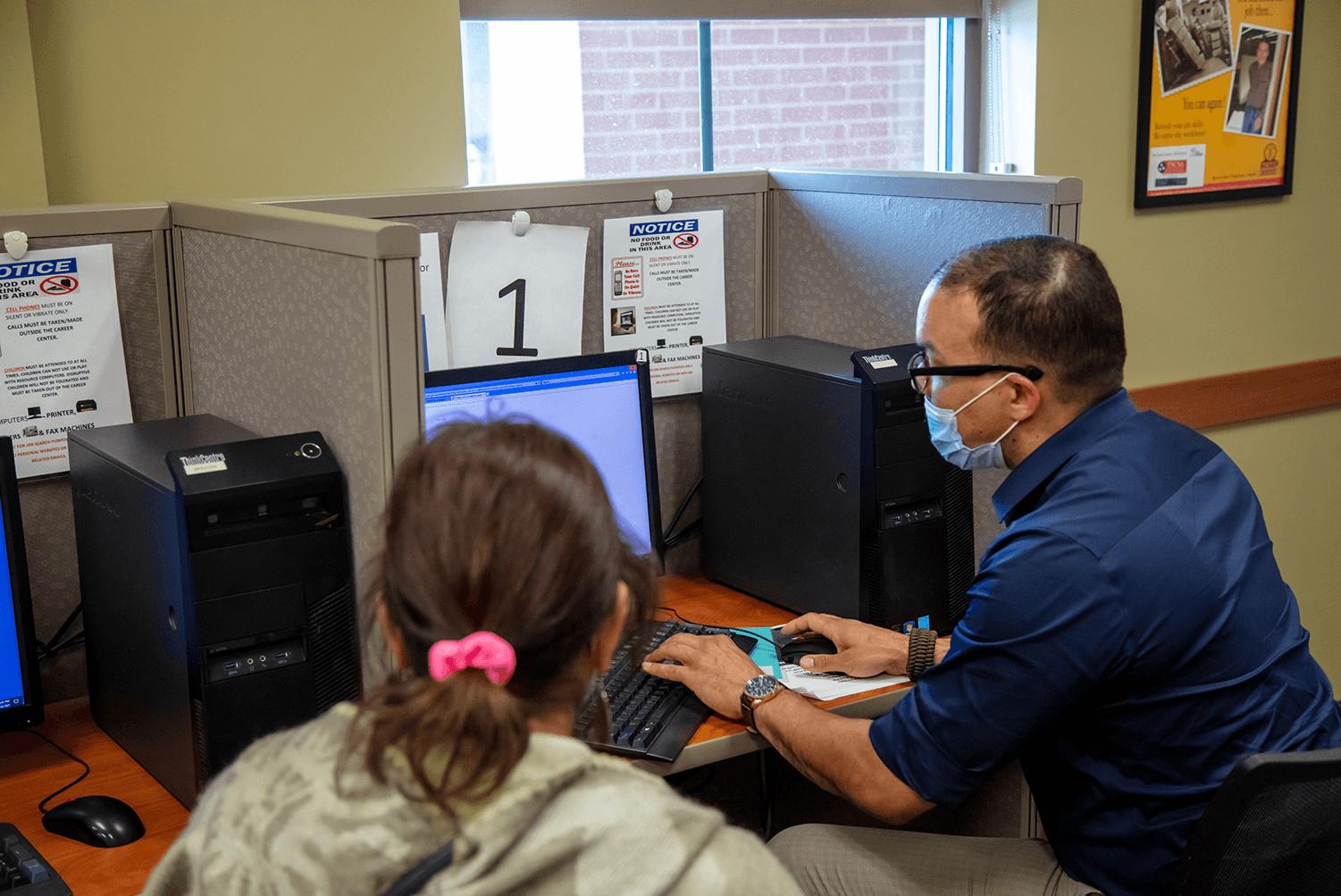Workplace Resources for Employers and Businesses
Workforce Essentials offers a wide variety of unique resources to help businesses and employers. We can assist with finding, screening, or retaining employees through services such as job fairs, WIOA business services, job postings, drug testing, background checks, on-the-job-training programs, OSHA training, customized training, and so much more. We are your one-stop business solution!

Employer FAQs
No, but you must maintain a list of providers that you can make available to any employee that is seeking help or tests positive.
Yes, but a parent or guardian must sign an affidavit.
It depends on the type of test taken AND the test result. For a quick test, results are instantaneous. Lab-based urine drug tests results usually take about 24 hours if negative. Hair tests results take approximately 5 working days.
Quick tests are devices that give an instant result. These are usually dip cards or cups and are very similar to a home pregnancy test. Lab-based urine drug tests are collected and shipped overnight to the lab. An initial screen of the specimen is conducted and if no drugs are present, the results are released. All specimens identified as positive on the initial screening test are confirmed using gas chromatography/mass spectrometry (GC/MS). If the specimen does not confirm positive, test results are released. If the specimen confirms positive, the result is forwarded to a Medical Review Officer (MRO) who will make a final determination after interviewing the donor and examining any proof provided (prescriptions). Breath Alcohol Tests (BAT) provide immediate results.
Pre-employment, post-accident, reasonable suspicion, and random testing are required. In addition, return-to-work and follow-up testing may be required under certain circumstances.
The Federal Motor Carriers Safety Administration (FMCSA) requires random drug testing at 50% annually and random alcohol testing at 10% annually. Other DOT agencies may require different percentages of random testing.
DOT has a very strict definition of when a post-accident test is required. Post-accident testing on the driver must be completed as soon as possible following an accident where:
- There was a fatality and/or
- The driver was cited for a moving violation.
If the driver was issued a citation, the following must also involve:
- Bodily injury to any person who receives medical treatment away from the scene of the accident or
- One or more vehicles incurring disabling damage to be towed away from the scene of the accident.
Post-accident alcohol testing should be done within 8 hours of the accident. If testing cannot be done within the time limit, the employer must maintain a file that explains why the testing was not done.
Post-accident drug testing should be done within 32 hours of the accident. If the testing cannot be done within the time limits, the employer should cease attempts to conduct post-accident tests. The employer should maintain on file that explains why the post-accident test was not performed.
If you have a commercial drivers license (CDL) then you are required to be in a DOT random drug and alcohol testing pool.
The Federal Motor Carriers Safety Administration (FMCSA) requires that carriers and commercial drivers license holders (CDL) are in a DOT random drug and alcohol testing pool. 49 CFR Part 382
- Receive a 5% premium credit on their workers’ compensation insurance policy.
- Discharge or discipline of an employee, or refusing to hire a job applicant, who is found to be in violation of the covered employer’s Drug Free Workplace Program will be considered done for cause.
- If an employee suffers a workplace injury and receives a positive confirmed post-accident drug test for illegal use of drugs or alcohol, or refuses to submit to a post-accident drug or alcohol test, the burden of proof is shifted to the employee.
An established program capable of providing expert assessment of employee personal concerns; confidential and timely identification services with regard to employee drug or alcohol abuse; referrals of employees for appropriate diagnosis, treatment and assistance; and follow-up services for employees who participate in the program or require monitoring after returning to work. An EAP may also provide treatment services.
No, the employer must pay the cost of all tests required by the employer.
Yes, but only if they agree to see a substance abuse professional (SAP), receive treatment, and pass a return to work drug test. Additionally, the employee must be subject to random testing for a period of time at the discretion of the SAP. Employers may also decide to terminate the employee upon receipt of a positive drug test.
It depends on the result. Negative test results are normally available within 24 hours upon receipt at the laboratory. If a specimen requires confirmation testing or medical review, it can take several days. This allows the Medical Review Officer to factor in information needed, such as prescriptions, and make a decision based on information provided by the donor.
No, all specimens must be tested by a certified laboratory.
After an accident which results in an injury and only after the employee receives medical treatment if it is required. If an injury is reported after the fact, the injured employee must submit to testing at the time the injury is entered into the employer’s OSHA Log. A drug test must be done within 32 hours of the accident and an alcohol test (if necessary) within 8 hours of the accident.
No, random testing is optional under the TnDFWP. If an employer decides to implement random testing, the employer can determine the quantity and frequency of the random selections.
No, existing employees are ‘grandfathered’ into the program. However, employers reserve the right to test all employees if they wish to do so.



